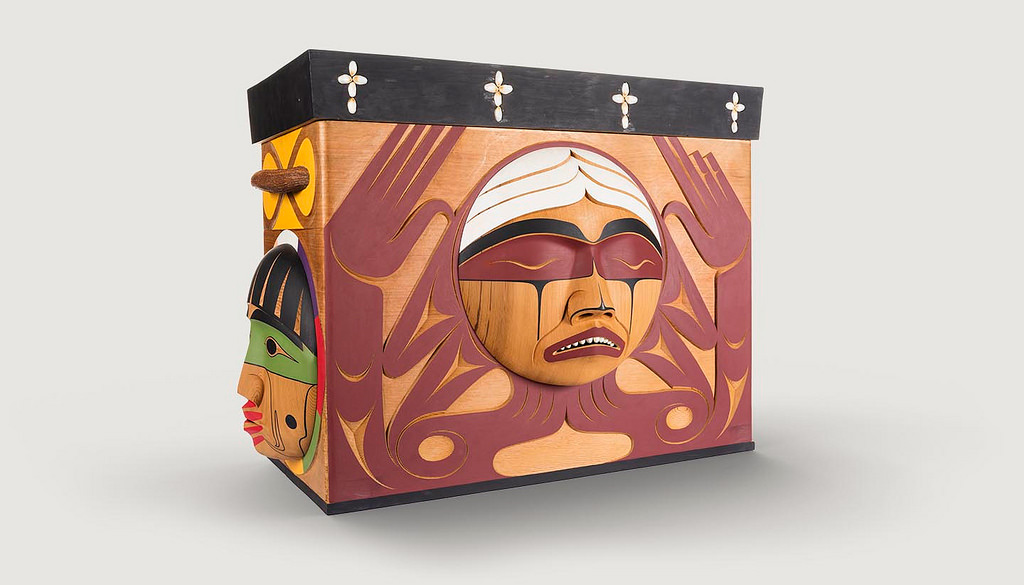DAY 5 ~ My (Heart's) Calls To Action
Section outline
-

"It is due to the courage and determination of former students—the Survivors of Canada’s residential school system—that the Truth and Reconciliation Commission of Canada (TRC) was established. They worked for decades to place the issue of the abusive treatment that students were subjected to at residential schools on the national agenda. Their perseverance led to the reaching of the historic Indian Residential Schools Settlement Agreement.
All Canadians must now demonstrate the same level of courage and determination, as we commit to an ongoing process of reconciliation. By establishing a new and respectful relationship between Aboriginal and non-Aboriginal Canadians, we will restore what must be restored, repair what must be repaired, and return what must be returned."~Sinclair, Littlechild, & Wilson (2015). What We Have Learned: Principles of Reconciliation; TRC; p.1 ~
We have all heard by now, and hopefully, explored, examined, reflected on, and implemented some of the 94 Calls To Action from the Truth and Reconciliation Commission's Report launched in 2015. However, we might have not yet explored or reflected much on the 10 Principles for Truth and Reconciliation as outlined in the Report entitled "What We Have Learned", which you are asked to review today.
I invite you to focus on the Principles, which you will find in the first few pages of said report.
The final task of this micro course is to review the 10 principles, choose 3, and envision a concrete way in which you can not only learn about them but as importantly, support and bring them into your life and into your work. For example, Principle #6 proposes that:
"All Canadians, as Treaty peoples, share responsibility for establishing and maintaining mutually respectful relationships".
Consider:
- How much do you know about Treaties in British Columbia/ your province?
- How will you advance your knowledge in this regard?
- What does this mean to you, your life, your work?
- How can you extend this knowledge to your work? (i.e., You will teach about Treaties)
Submit your responses in the Discussion Forum .
*** As an added learning, find out more about the Bentwood Box by asking yourself:
- Who is the artist?
- What does the box represent?
- How was it used?
- What does it contain?